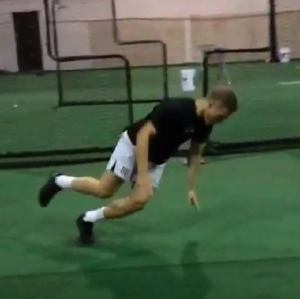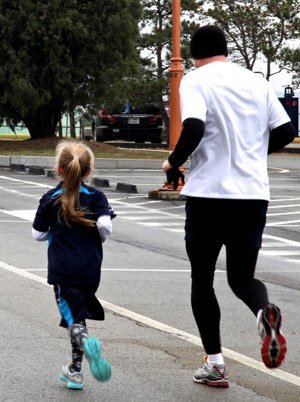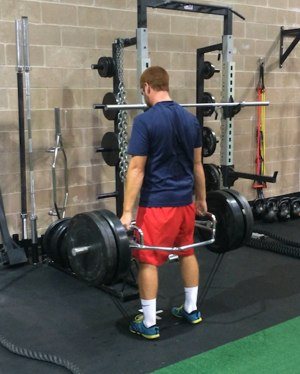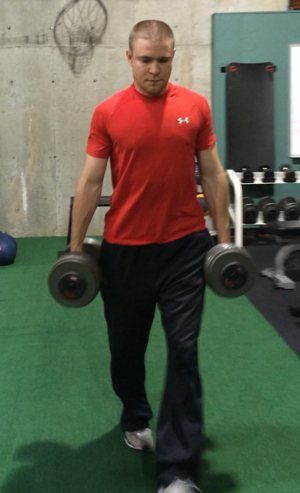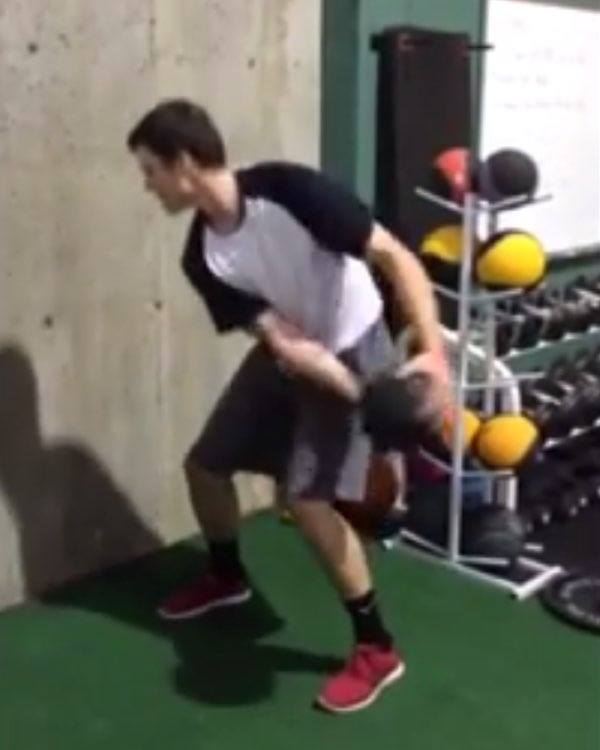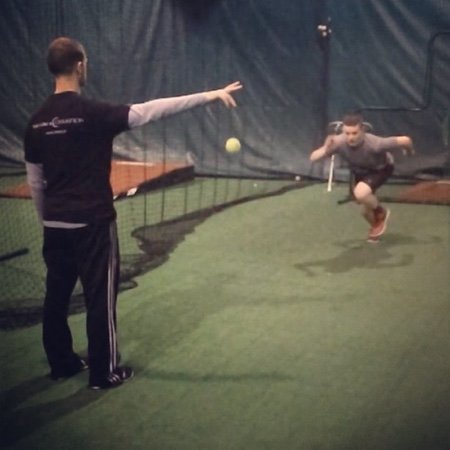3 Coaching Cues to Develop Change of Direction Skill in Athletes
 Everyone wants to get an edge. A split second can be the difference between getting to a loose ball, or not making it back to the bag. Sometimes this split second could result in a win or loss.
Everyone wants to get an edge. A split second can be the difference between getting to a loose ball, or not making it back to the bag. Sometimes this split second could result in a win or loss.
In sports, the prepared athlete can have an edge over a better athlete that lacks preparation.
Like speed, agility is a skill that should be learned and practiced over and over again. Some of the best athlete’s will never achieve their true potential unless they learn the correct way to move. Functional movement skills are the building blocks to sport-specific athletic movement skills. Learn how to combine both and you will become a better athlete.
While strength, power, and speed get most of the attention in sports performance training, change of direction is also an important movement skill to enhance. Changing direction usually has the most impact on reaction time in sport.
3 Coaching Cues to Develop Change of Direction Skill in Athletes
Below are three coaching cues to develop change of direction skill in our athletes that we use at Champion Physical Therapy and Performance as part of the speed and agility portions of our sports performance programs.
Jump and Turn
The number one goal is to get in a position facing towards your target. Then, you must produce force through the ground to accelerate your body. Jumping to change direction will be the fastest way to decelerate. Too many quick or choppy steps tend to take too much time. Turn to change your momentum.
Stay Low
Once you are facing towards your target, take advantage of that low position. Leaning will automatically move yourself in a forward direction, which is ultimately the goal.
Get Your Knees Up
If you’re leaning, driving your knees up will automatically make your stride longer. Stride length is especially important in covering ground from a stopped position. Get your knees up and punch the ground.
Here is a video of one of our athletes using some of these techniques in his training. Watch him slow down just enough to control a jump and turn. Then, right when he has stopped his momentum, he is ready to drive his knee up and punch through the ground. Notice his hands on the ground. This will help you keep your balance. Drive your opposite arm and opposite leg to accelerate towards your target.
[av_video src=’https://www.youtube.com/watch?v=I7k3YisGj7U’ format=’16-9′ width=’16’ height=’9′ av_uid=’av-39wjb1′]
These ideas works for any multi-directional sport. Running to get a basketball, reacting to a tennis ball, even avoiding a tag in a game of pickle. To maximize your change of direction skill, remember to jump, turn, and produce power.

